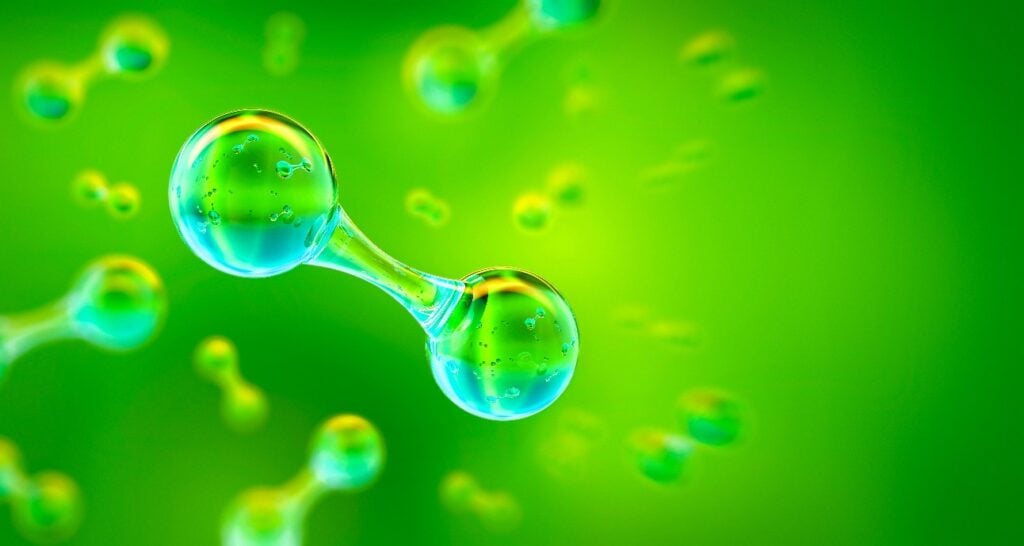Scientists to turn vinasse into green hydrogen
By-product is useful as input for sustainable fertilizers and even as fuel

Researchers from the Research Center for Innovation in Greenhouse Gases (RCGI) are developing a technology that aims to turn vinasse – a polluting residue of ethanol production – into green hydrogen.
According to the Fapesp Journal, currently, vinasse is useful as fertilizer for crops, especially sugarcane, because it is rich in potassium.
“Transporting this residue to the plantations is an expensive process for mills. Furthermore, in made badly, vinasse can damage crops, soil and groundwater. It is possible to improve this process”, says Thiago Lopes, professor at Polytechnic School of the University of São Paulo (Poli-USP) and member of the RCGI, an Engineering Research Center funded by Fapesp and Shell do Brasil.
Heading the new Fuel Cells Laboratory, Lopes intends to develop an electrolytic reactor adapted to national sugar and alcohol industry. “Vinasse has 95% water in its composition. The reactor could break water molecules to generate oxygen and green hydrogen”, explains.
Green hydrogen can be used, for example, to produce ammonia, which is a important input for fertilizers. “Today, ammonia is synthesized with hydrogen from natural gas, which creates a CO2 footprint”, details.
Pure oxygen, on the other hand, is useful to burn sugarcane bagasse. “By condensing water, you can easily and economically obtain pure CO2 for storage or converting into other products”, adds.
One of them is oxalic acid, an element that will compound a new kind of hydrogel in the scope of Hydrogel Program, financed by Shell Brazil. The project also has resources from the National Agency of Oil, Natural Gas and Biofuels (ANP).
The initiative involves several USP research institutions, under the leadership of the RCGI, as well as the Federal University of Rio Grande do Sul (UFRGS), Fuel Cells Laboratory, Energy and Nuclear Research Institute (Ipen) and the Brazilian Agricultural Research Corporation (Embrapa).
The hydrogel is applied as granules, which will degrade and release carbon to be stored in the soil. “The idea is to create a virtuous cycle and enable new markets for the national sugar and alcohol sector.”
Another advantage of the reactor is to concentrate vinasse, once approximately 10 liters of vinasse generate from each liter of ethanol. “It’s a huge volume to store and transport. If it is more concentrated, vinasse will take up less volume. It is worth mentioning that this logistics also adds CO2 footprints to Brazilian ethanol”, points out Lopes.
According to him, concentrated vinasse would also minimize addition of synthetic fertilizer into crop areas. Green hydrogen can also power fuel cell vehicles and electric vehicles powered by rechargeable batteries.


